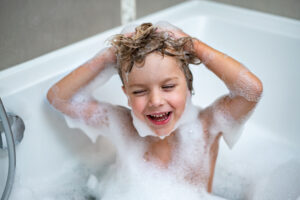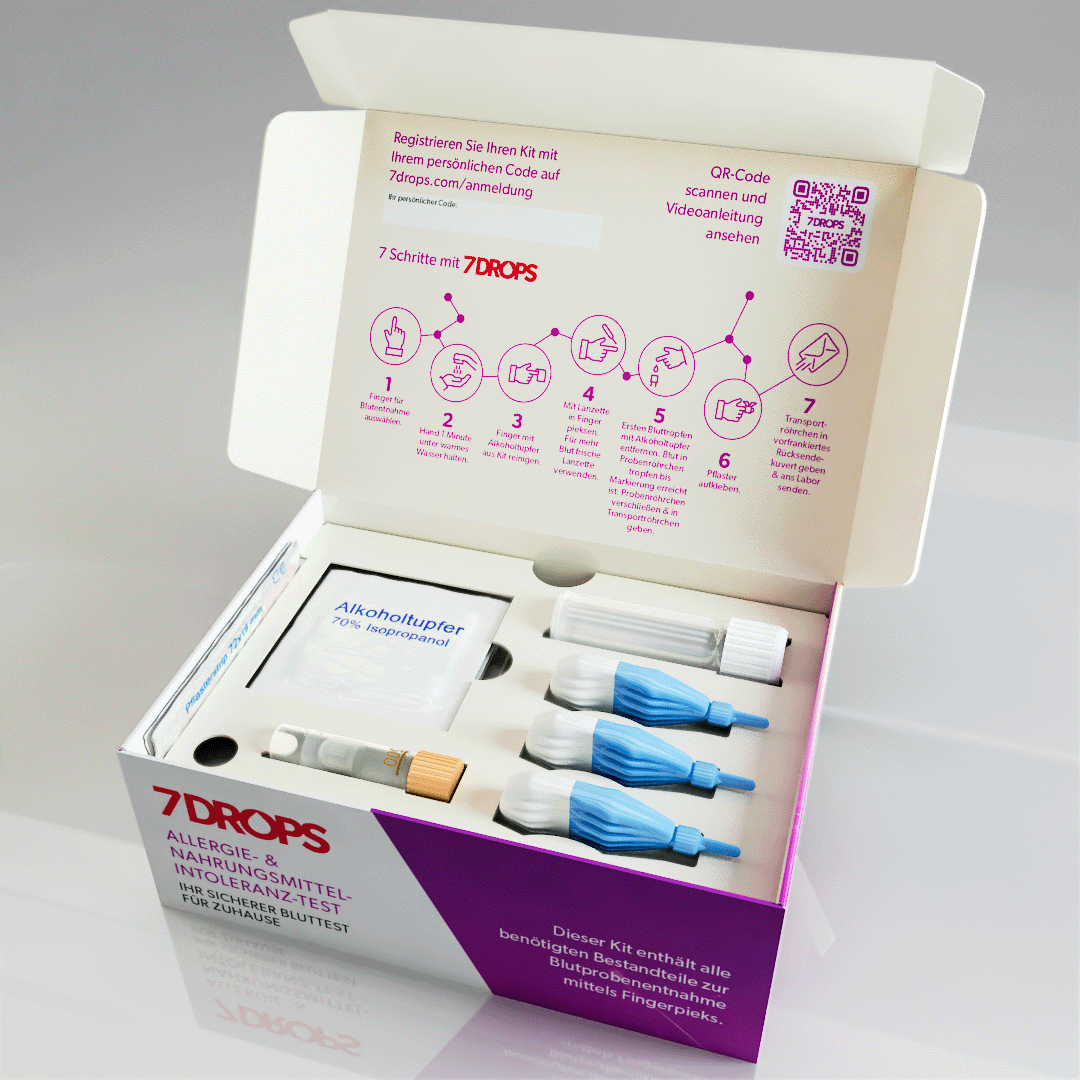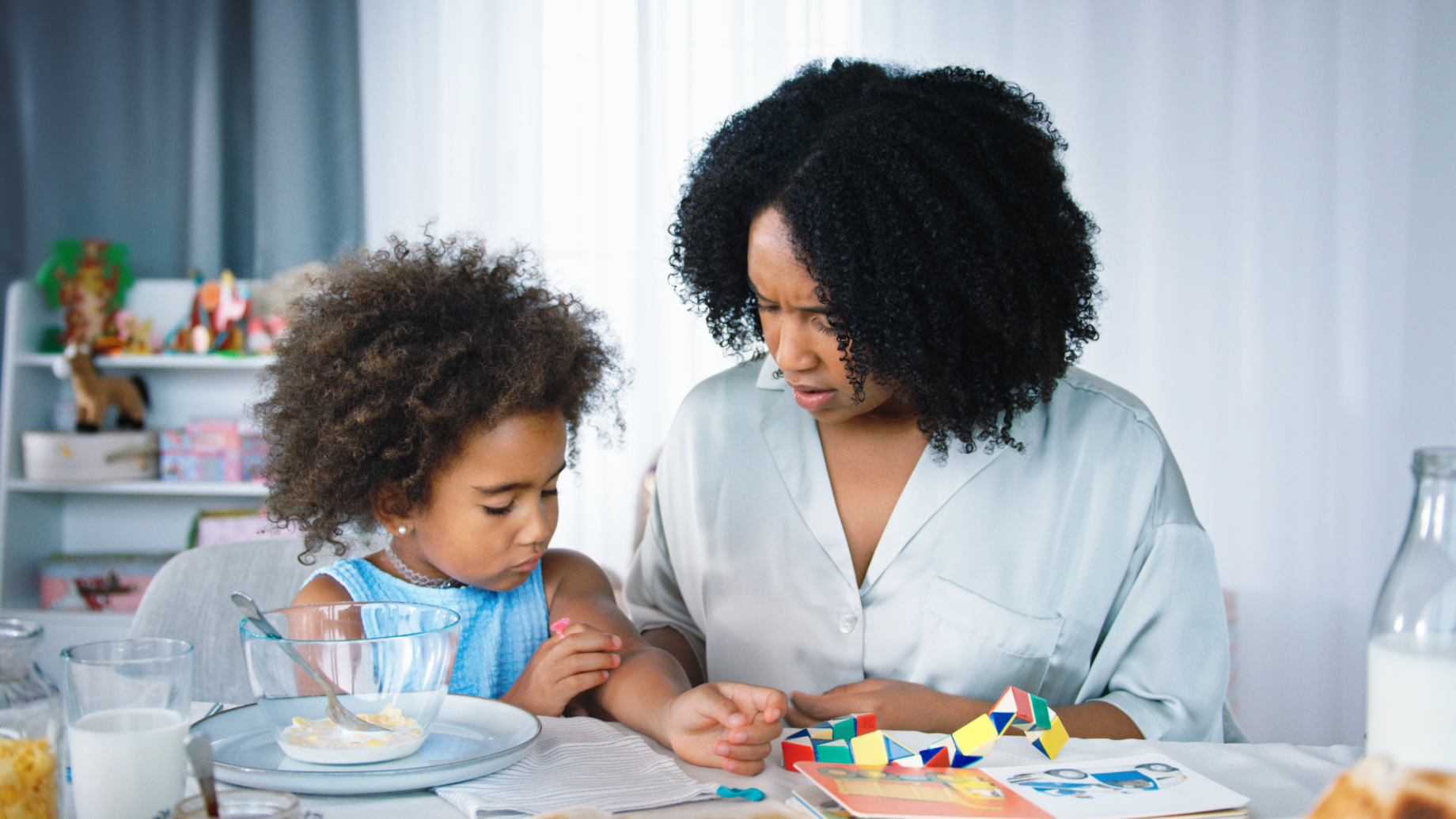Environmental allergies are allergies that are triggered by something in a person’s surroundings. Allergenic substances can occur outdoors (e.g., pollen, insect venom) or indoors (e.g., house dust mites, pet allergens, mold).
If your child keeps sneezing, has a runny nose, or has trouble breathing, the first line of thought goes towards thinking it is a common cold. Only when symptoms persist over one or two weeks (in other words, when symptoms become chronic) a lot of parents start wondering if they are caused by something else.
Hay fever affects over 5 million children in the U.S., with numbers rising every year due to environmental causes.
This is what you can do if you think your kid is suffering from allergy symptoms:
1. Get your child tested for environmental allergies
It is easier to deal with any kind of health condition when you have clarity. Have your child tested for allergies and find out what is causing their symptoms. Over-the-counter medicine helps in some cases and will temporarily relieve symptoms, but they do not work for everyone. If you know what substances are causing trouble, a specialist can prescribe individualized therapy for your child.
2. Check treatment options
Once your child has a proper diagnosis made by your doctor or allergy specialist, you can inquire about treatment options. In many cases, immunotherapy (also known as allergy shots) can be a permanent solution for an allergies caused by environmental triggers such as pollen, insect venom, dust mites, or pet allergens.
3. Keep your house clean & tidy
Allergens love to collect indoors – even those coming from outside. Pollen stick to people’s (and pet’s) clothes, hair, and skin. During pollen season, we carry a lot of outdoor allergens inside every day, where they settle on surfaces, furniture, even our bedding. To keep your house a (mostly) sneeze-free zone, keep it tidy, vacuum clean regularly, wipe surfaces, and change bedding once a week – this will also help to keep house dust mites in check.
4. Have frequent baths
You can minimize your child’s symptoms by having them bathe at the end of every day. Bathing will wash away pollen stuck to your kid’s skin – do not forget to wash their hair as well, to get rid of all irritants and secure a good night’s sleep for your little one.
5. Let others know
If your child struggles with an allergy, it is important to communicate with family members, caregivers such as teachers or other parents about their condition. As soon as they are old enough to understand how allergies work, teach your child about their triggers and symptoms as well. Keeping everyone informed will help to take the necessary precautions to keep allergy symptoms at bay.
Sources: aafa.org, metroeastallergist.com






